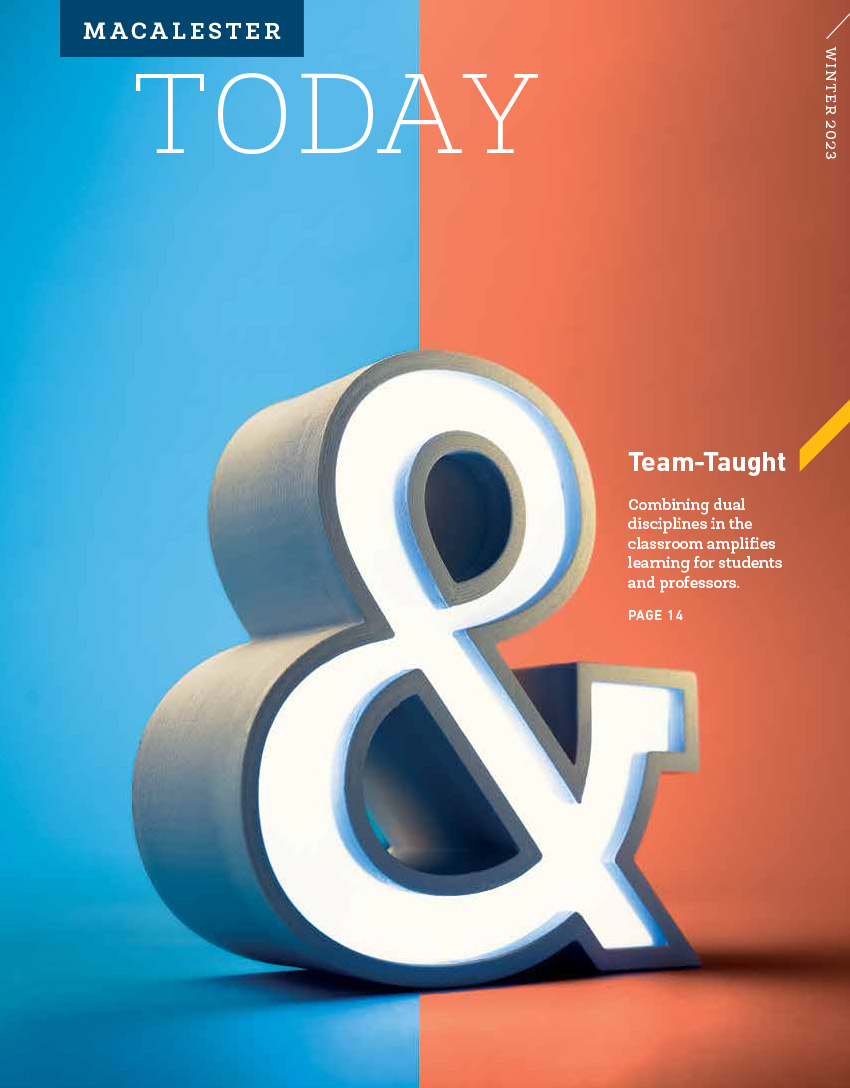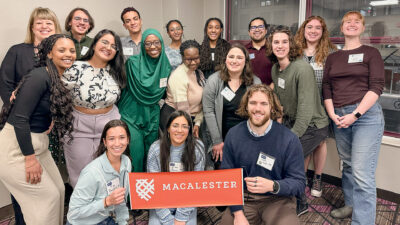
When you use LinkedIn, Carson Chen ’15 makes your results better. The senior data scientist researches how to make the best matches possible for companies and job applicants, as well as how to create the best results for LinkedIn’s own engagement and success.
After majoring in economics and mathematics at Macalester, Chen spent three years as an economic consultant conducting quantitative analysis for lawyers. Eager for a more long-term position, he became intrigued by doing data science for a product, rather than a client, running experiments that would “anticipate what users would do differently with a new version and seeing if it makes a product better.” He earned a master of science in analytics at Northwestern University and started working at LinkedIn in 2020. Chen shared some of the lessons he’s learned in his career journey.
Focus on the skills, not the title
When I graduated, data science wasn’t commonly understood. Now the industry has settled on what data science means and why data scientists are needed, but at that time it wasn’t clear. I really like to explain things quantitatively. I want to see a problem that’s happening, understand it using quantitative methods and logical reasoning, see what’s causing it and what can we do to improve it. That’s what I went for at Mac. As data science became more formalized in institutions, in companies, and in schools, my career path was natural because what I did in math and economics was totally related.
Cultivate your intuition
In data science, you need to have intuition to know whether a problem is worth studying or not. Once you start a study, it takes a lot of time. The result may go as you wish or it may go in a totally different direction. People with great foresight know areas of opportunity. This is something I’m still trying to figure out, and it’s not really a science but an art. To work on a problem is difficult, but to know whether a problem should be worked on or not is a next-level thing that can make the most out of your efforts.
Ask yourself, “What am I?”
In my career, I like the approach of thinking “What am I?” in terms of my interests, abilities, and past experience. I’ve been very flexible with the directions I can go, but very firm on what type of things I want to do. I wasn’t led by something like, “Now data science is the hottest job and everyone should do it.” I know where my strengths lie and where my interests lie. I’m enjoying the process and enjoying what I’ve been doing. I’ve always been going in the right direction, but I didn’t force myself for the sake of career progress.
Seek the 95 percent answer
In the business world you don’t have maximum time to work on one thing. There is always a stopping point. There may be something you can still explore, but it’s actually a good time to stop because the return on investment to go deeper might not be that great. You can get a final answer, but you can get a 95 percent answer that’s actually going to have the maximum impact with the level of input you have and then embark on another area. This has taken some time for me to realize.
Communicate, communicate, communicate
With a lot of things, half is how well you do it, and half is how well you ensure people understand what you do. Most people don’t get the gist of it, so you need to make sure that is addressed. Always presume that what you have communicated has been under-communicated.
The future is brighter than you think
If you are just about to graduate, or new to the job market, remember that your career is a long process. I was an international student and finding a job was very difficult and could be depressing. Anticipate the difficulty, but believe that Macalester has set you up for success. Believe in your own ability and passion. The only thing you are lacking is experience, but you can do a lot of things much better than experienced people in the industry. Our education has prepared us for challenges in the workplace. The beginning might be hard, but the future is bright.
March 6 2023
Back to top





